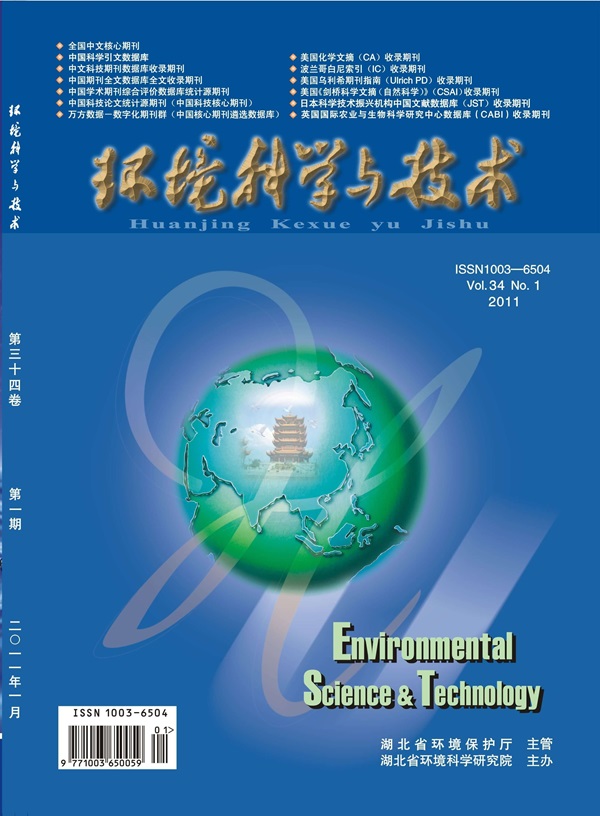Associations of Serum Per- and Polyfluoroalkyl Substances with Genotoxic Biomarkers: New Insights from Cross-Sectional and In Vivo Evidence
IF 10.8
1区 环境科学与生态学
Q1 ENGINEERING, ENVIRONMENTAL
引用次数: 0
Abstract
The effects of perfluoroalkyl and polyfluoroalkyl substances (PFAS) on genomic stability remain unclear. Here, a cross-sectional study was conducted to establish the associations of PFAS with genotoxic biomarkers. We recruited a cohort of 453 residents in 2021 in Zhejiang, China. Thirty PFAS in serum were quantified, alongside seven indicators of genomic stability [five rDNA copy numbers (rDNA-CN), mitochondrial DNA copy numbers (mtDNA-CN), and relative telomere length (RTL)] in whole blood. Results showed that PFUnDA, perfluorohexanesulfonic acid (PFHxS), perfluorooctanesulfonic acid (PFOS), 6:2 Cl-PFESA, and PFO5DoDA were positively correlated with rDNA-CN, while PFHpA, PFOA, and PFMOAA showed inverse associations. PFO4DA and PFO5DoDA were positively correlated with mtDNA-CN. PFOA, HFPO-TA, and PFMOAA were negatively associated with the RTL, while perfluorononanoic acid, PFHxS, PFOS, and 6:2 Cl-PFESA showed positive associations. Nonlinear exposure–response relationships were also observed between PFAS and genotoxic biomarkers using restricted cubic spline models. Furthermore, PFAS mixtures were positively associated with mtDNA-CN, with PFO5DoDA showing the highest contribution by the quantile-based g-computation model. In vivo studies further confirmed that PFO5DoDA increased mtDNA-CN in male mice in a dose-dependent manner. This study provides novel evidence that PFAS disrupt genomic stability, with effects varying by functional groups and fluoroalkyl(ether) chain lengths.

求助全文
约1分钟内获得全文
求助全文
来源期刊

环境科学与技术
环境科学-工程:环境
CiteScore
17.50
自引率
9.60%
发文量
12359
审稿时长
2.8 months
期刊介绍:
Environmental Science & Technology (ES&T) is a co-sponsored academic and technical magazine by the Hubei Provincial Environmental Protection Bureau and the Hubei Provincial Academy of Environmental Sciences.
Environmental Science & Technology (ES&T) holds the status of Chinese core journals, scientific papers source journals of China, Chinese Science Citation Database source journals, and Chinese Academic Journal Comprehensive Evaluation Database source journals. This publication focuses on the academic field of environmental protection, featuring articles related to environmental protection and technical advancements.
 求助内容:
求助内容: 应助结果提醒方式:
应助结果提醒方式:


